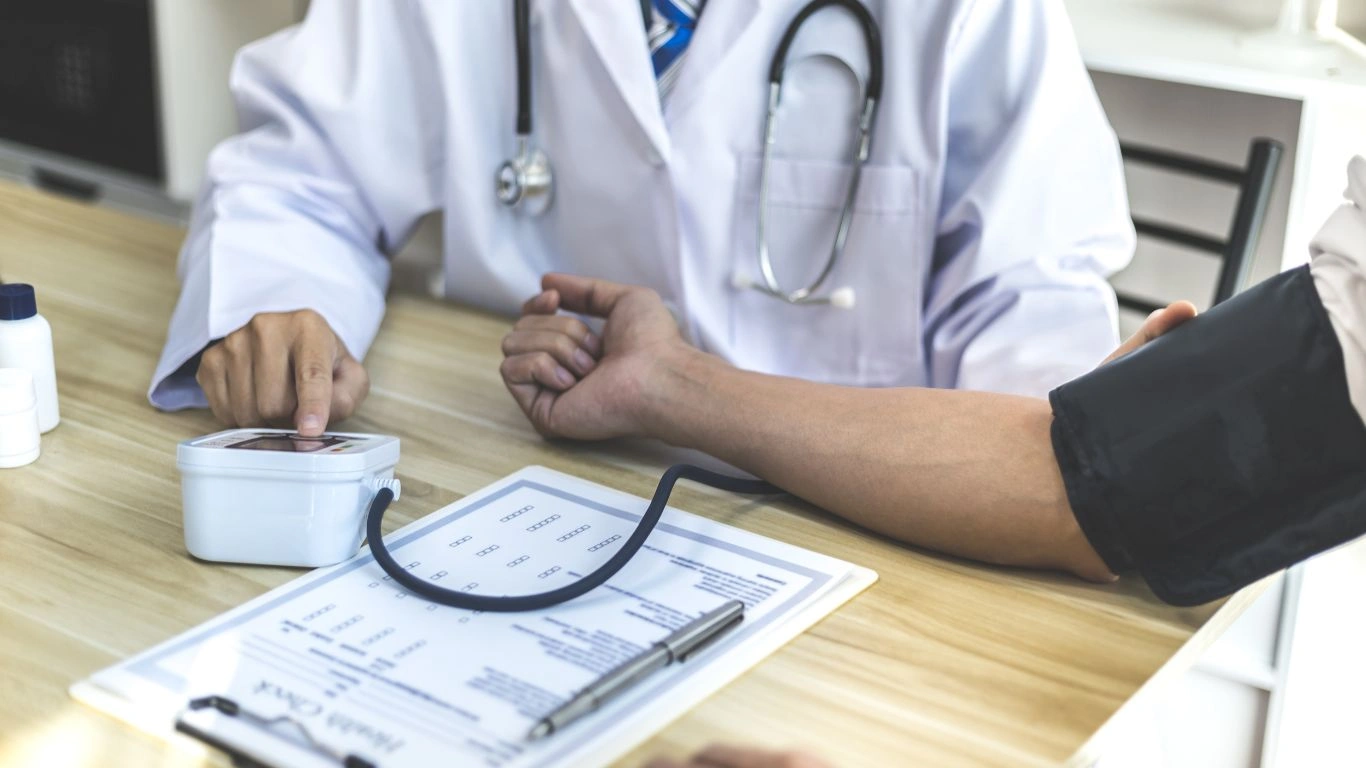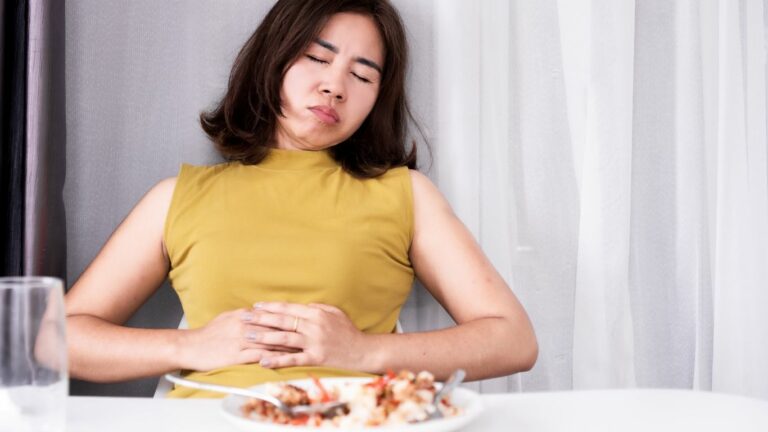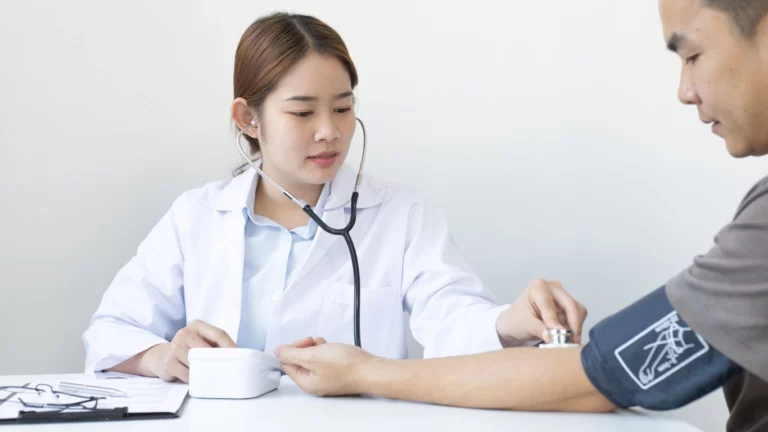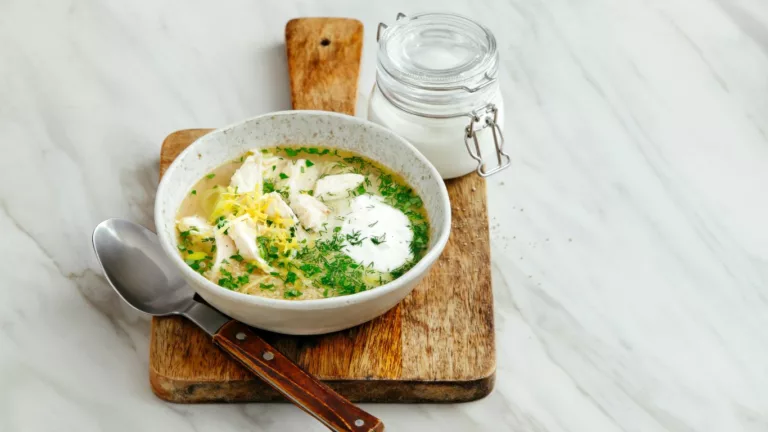How to Create a Hypertension Meal Plan – Your Guide to Heart-Healthy Eating
Trying to manage hypertension and wondering how to build a meal plan that works? No worries! We’ve got you covered with easy tips to create a delicious and heart-friendly menu that keeps your blood pressure in check!
If you’ve been diagnosed with hypertension (a.k.a. high blood pressure), you probably know the struggle of figuring out what’s “safe” to eat. But don’t stress—it’s not about giving up your favorite foods completely. It’s more about finding a balance that’s good for your heart without feeling deprived. In this guide, we’ll walk you through creating a hypertension-friendly meal plan that’s practical and enjoyable.
Why Focus on a Hypertension Meal Plan?
Okay, so first things first—why does your diet even matter? Hypertension puts extra strain on your heart and blood vessels, and what you eat can either make things better or worse. Diets high in sodium (looking at you, salty snacks!) can push your blood pressure up, while foods rich in potassium, magnesium, and fiber can help bring it down.
By planning your meals, you’re basically giving your body the tools it needs to stay healthy while still enjoying good food. Plus, it helps avoid those “What’s for dinner?” panic moments!

Steps to Create a Hypertension-Friendly Meal Plan
1. Start with the DASH Diet
The DASH diet (Dietary Approaches to Stop Hypertension) is your BFF here. It focuses on fruits, veggies, whole grains, lean proteins, and low-fat dairy while keeping sodium, added sugars, and unhealthy fats on the low side. Think of it as a heart-friendly blueprint.
Example: Breakfast could be oatmeal topped with fresh berries and a sprinkle of nuts. Lunch? A big salad with grilled chicken and a light vinaigrette.
2. Watch Your Sodium Intake
Salt is sneaky—it hides in processed foods, canned goods, and even bread. Aim for less than 2,300 mg of sodium per day (or even better, 1,500 mg if you want to be a superstar).
Pro tip: Swap out table salt for herbs and spices like garlic, basil, or paprika to add flavor without the sodium overload.

3. Load Up on Potassium-Rich Foods
Potassium helps counteract the effects of sodium and can actually lower your blood pressure. Foods like bananas, oranges, spinach, and sweet potatoes are potassium-packed powerhouses.
Example: Add a banana to your morning smoothie or roast sweet potato wedges for a tasty side dish.
4. Include Lean Proteins
Lean proteins like chicken, turkey, fish, tofu, and legumes are great for your heart. Fatty fish like salmon and mackerel also give you a dose of omega-3s, which are fantastic for reducing inflammation.
Try this: Grill salmon with a squeeze of lemon and serve it with a side of quinoa and steamed broccoli.
5. Plan Balanced Meals
Each meal should include:
• Half your plate: Non-starchy veggies (spinach, carrots, zucchini)
• One-quarter: Lean protein (grilled chicken, tofu)
• One-quarter: Whole grains (brown rice, whole wheat pasta)
This simple breakdown makes it super easy to build a healthy plate every time.
6. Stay Hydrated
Drinking plenty of water is key. Avoid sugary drinks and limit caffeine, as they can sometimes spike blood pressure. If plain water feels boring, jazz it up with a slice of lemon or cucumber.

Sample Hypertension Meal Plan
Here’s an example day to get you started:
Breakfast:
• Whole-grain toast with avocado
• A side of fresh fruit (e.g., a handful of berries)
• Herbal tea
Snack:
• A small handful of unsalted almonds
Lunch:
• Grilled chicken wrap with whole-wheat tortilla, spinach, and hummus
• A side of carrot sticks
Snack:
• Low-fat yogurt with a sprinkle of chia seeds
Dinner:
• Baked salmon with lemon and dill
• Steamed asparagus and roasted sweet potatoes
• A small green salad with olive oil and balsamic vinegar
Dessert:
• A square of dark chocolate (because balance is key!)
Appendices
FAQs
- What foods should I avoid if I have hypertension? Skip or limit salty snacks, processed foods, canned soups, and high-sodium sauces like soy sauce. These can spike your blood pressure.
- Is coffee okay for hypertension? Moderate coffee consumption (1-2 cups a day) is usually fine for most people, but keep an eye on how your body reacts.
- Can I eat out on a hypertension diet? Yes! Just watch for hidden sodium. Ask for sauces on the side and choose grilled or steamed options over fried foods.
- Are there specific fruits that help with high blood pressure? Yes! Bananas, oranges, berries, and melons are all great choices thanks to their potassium and antioxidants.
- How quickly can diet changes impact blood pressure? You might notice improvements within a few weeks if you stick to a heart-healthy eating plan. Consistency is key!
References
- National Heart, Lung, and Blood Institute (NHLBI). DASH Diet Guidelines. Read More
- American Heart Association. Sodium and Blood Pressure. Read More
- Harvard Health. Nutrition and Hypertension. Read More
Disclaimer
Disclaimer: The information provided in this article is for educational purposes only and is not a substitute for professional medical advice. Always consult your healthcare provider for personalized guidance related to your health and dietary needs.

Dr. Gwenna Aazee is a board-certified Internal Medicine Physician with a special focus on hypertension management, chronic disease prevention, and patient education. With years of experience in both clinical practice and medical writing, she’s passionate about turning evidence-based medicine into accessible, actionable advice. Through her work at Healthusias.com, Dr. Aazee empowers readers to take charge of their health with confidence and clarity. Off the clock, she enjoys deep dives into nutrition research, long walks with her rescue pup, and simplifying medical jargon one article at a time.






